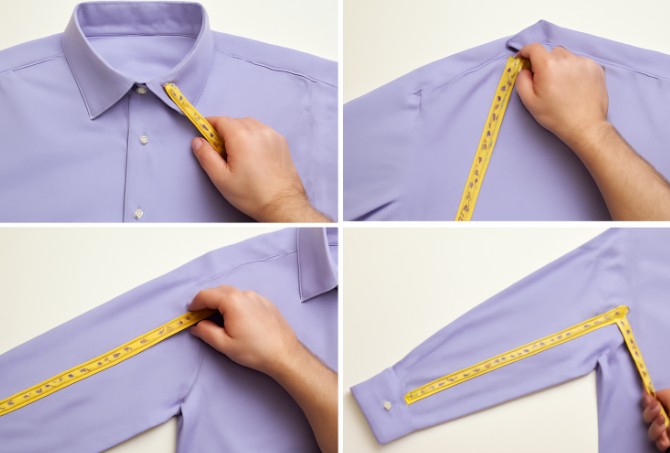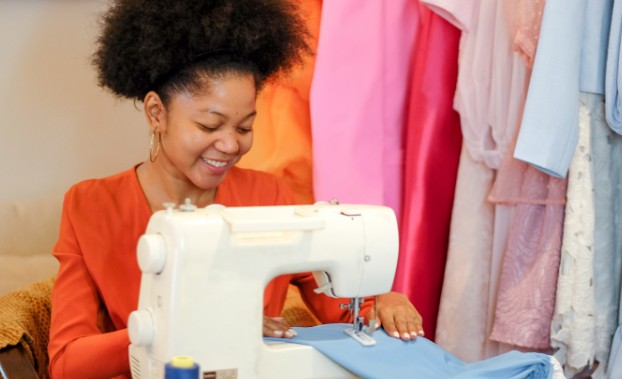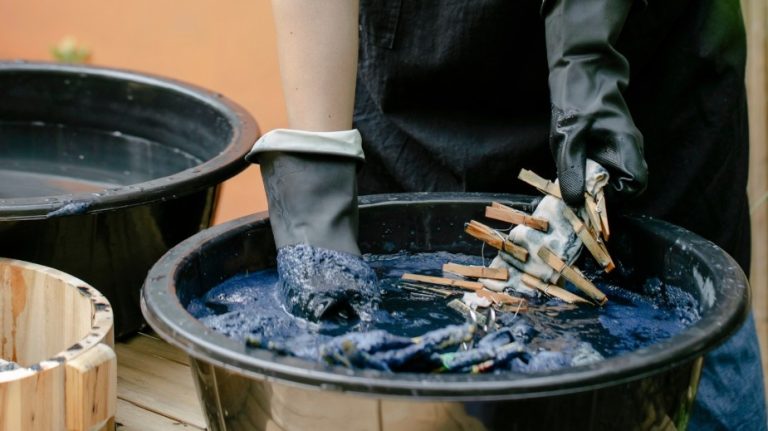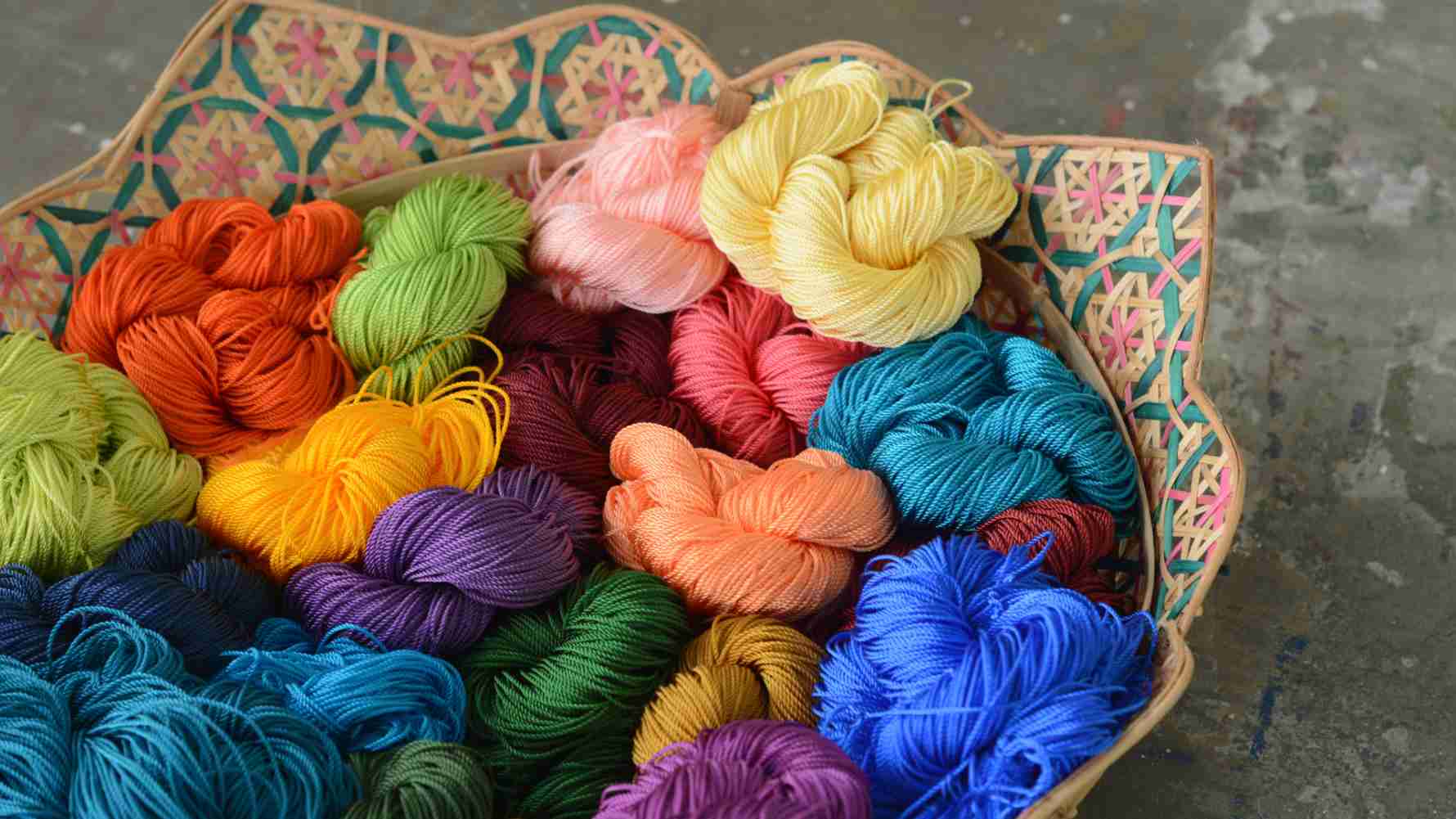
When I first started knitting, I had no idea how much the yarn weight would impact my projects. I’d grab any yarn that caught my eye and hoped for the best.
But after a few frustrating experiences—like a too-tight sweater or a blanket that felt more like a dishrag—I realized I needed to understand yarn weight better.
Whether you’re a seasoned crafter or just starting out, understanding yarn weight is key to making sure your projects turn out just as you imagined.
Let’s break it down in a way that’s easy to digest—without the yarn confusion!
What is Yarn Weight, and Why Does It Matter?
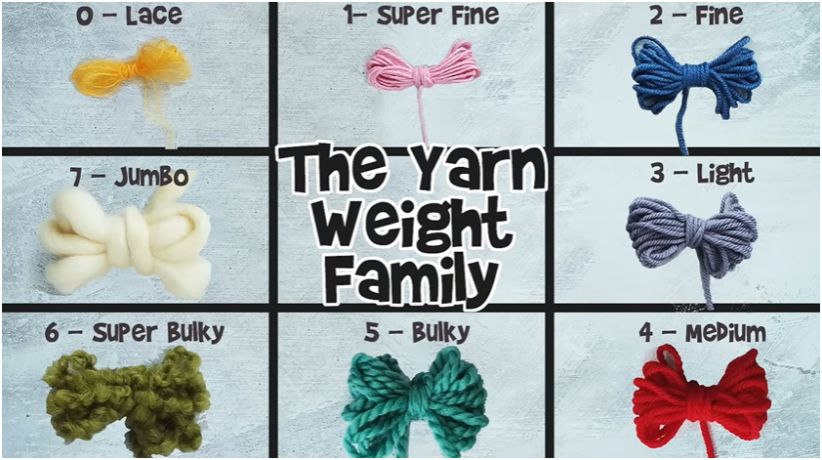
Image source-Sheep & Stitch
At its core, yarn weight refers to the thickness of a yarn strand. It plays a huge role in determining the final texture, fit, and drape of your project.
When you’re choosing yarn, it’s not just about color or texture—it’s about how thick or thin the yarn is.
Each weight category affects the final result of your knitting or crochet work, whether you’re aiming for a delicate shawl or a chunky, cozy sweater.
Here’s the thing: choosing the right yarn weight for your project can be a game-changer.
For example, lighter yarns are perfect for airy, delicate projects, while thicker yarns are ideal for warmth and durability.
I remember when I started learning about different yarn weights, I couldn’t believe how much they influenced my results. It was like discovering the magic behind the curtain!
What are the different yarn weights?
Here’s a quick glance at the common yarn weight chart and what they’re best for:
| Weight | Common Names | Wraps per Inch (WPI) | Typical Uses |
| 0 – Lace | Cobweb, Thread | 30-40+ | Lacy shawls, doilies, fine garments, embroidery |
| 1 – Super Fine | Fingering, Sock, Baby, 4-ply (UK) | 14-30 | Socks, lightweight sweaters, baby items, scarves |
| 2 – Fine | Sport, Baby, 5-ply (UK), 3-ply (obsolete US) | 12-18 | Baby blankets, garments, toys, delicate hats |
| 3 – Light | DK (Double Knitting), Light Worsted, 8-ply (UK, AU) | 11-15 | Lightweight garments, more robust baby items |
| 4 – Medium | Worsted, Aran, Heavy Worsted, Afghan, 10 or 12 ply (AU) | 9-12 | Sweaters, accessories, blankets, hats, scarves |
| 5 – Bulky | Chunky, Craft, Rug, 12 or 16 ply (AU) | 6-9 | Plushies, chunky scarves, warm blankets, rugs, baskets |
| 6 – Super Bulky | Super Chunky, Roving | 5-6 | Oversized amigurumi, thick blankets, home décor |
| 7 – Jumbo | Ultra Roving | 1-4 | Jumbo plushies, floor pillows, throws, wall art |
What Weight Is 1 Ply Yarn?

Ah, the mystery of 1 ply yarn—what exactly does it mean? Well, in short, 1 ply yarn refers to a single strand of yarn.
This is typically classified as lace weight yarn, which is incredibly fine and delicate. You’ll usually find it used for intricate, lightweight projects like lace shawls or doilies.
In terms of WPI, 1 ply yarn generally wraps around a ruler 30-40 times per inch. Because of its delicate nature, it’s perfect for creating projects that require an airy, lightweight feel.
However, working with 1 ply yarn can be a bit tricky, especially if you’re new to knitting or crochet. But once you get the hang of it, you’ll find it gives your work a beautiful, refined finish.
What Yarn Weight is 2 Ply?
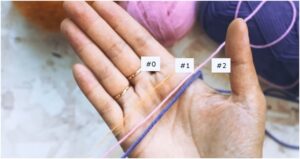
So, what does 2 ply yarn mean, and where does it fit in? Simply put, 2 ply yarn consists of two strands twisted together, making it thicker than 1 ply yarn but still quite fine.
Typically, 2 ply yarn is classified as fingering or super fine yarn. This weight is often used for lighter garments like socks, shawls, or baby items.
In terms of WPI, 2 ply yarn typically wraps around a ruler 14-30 times per inch.
It’s a great choice when you want something that’s a bit more substantial than 1 ply but still retains a delicate feel.
If you’re looking to make lightweight garments that have a little more structure, 2 ply yarn might be your go-to.
How Do I Choose the Right Yarn Weight for My Project?
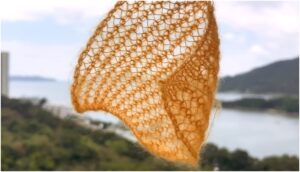
Choosing the correct yarn weight for your project doesn’t need to be overwhelming. Here are a few tips I always keep in mind:
1. Consider the Type of Project: If you’re creating something delicate and lacy, a lighter yarn, like lace or fingering weight, will give you that soft, airy feel. But for a chunky scarf or warm blankets, you’ll want to opt for something thicker, like bulky or super bulky yarn.
2. Follow the Pattern’s Recommendations: Most patterns will specify the ideal yarn weight to use. If you’re using a pattern, try to stick with the recommended yarn weight to ensure your final product comes out just as expected.
3. Don’t Skip the Gauge Swatch: If you’re substituting yarn or are unsure about the best fit, always make a gauge swatch. A simple swatch will help you test the yarn with your stitch pattern and make sure the measurements match up with the pattern’s requirements. It’s a small step that saves a lot of frustration later!
4. Experiment and Have Fun: Sometimes the best way to find your perfect yarn weight is through trial and error. Don’t be afraid to experiment and see how different yarns work with your designs. You might discover that a project looks amazing in a yarn weight you wouldn’t have initially chosen.
Frequently Asked Questions (FAQs)
What happens if I use the wrong yarn weight?
Using the wrong yarn weight can change the size, fit, and drape of your project. If you use a yarn that’s too thick, your project might be larger or heavier than intended.
On the flip side, using a yarn that’s too thin could lead to a project that’s too small or lacks structure. Always aim to match the yarn weight to your pattern for the best results.
Can I substitute yarns with different weights?
Absolutely! Just be sure to match the yarn’s weight category and check your gauge.
Swapping out yarns with similar weights can work well, but always test with a swatch first to make sure the texture and measurements align with your pattern.
How do I know which yarn weight is right for my project?
Start by checking the pattern. Most patterns will specify a yarn weight. If you’re not using a pattern, think about the kind of fabric you want to create.
If you’re making a cozy sweater, go for a medium or bulky weight. If you want a delicate lace shawl, lace or fingering weight will be your best bet.
Wrap-Up: Get Ready to Weave Your Magic!
Choosing the right yarn weight might seem like a small detail, but it truly makes a huge difference in your crafting experience.
Whether you’re making a chunky blanket to cuddle up in or a delicate scarf to wear on a night out, the right yarn weight ensures your project comes to life just as you imagined.
Remember, it’s all about experimenting, testing, and finding what works for your creative projects.
So, the next time you’re shopping for yarn, refer to the yarn weight chart, think about your project, and choose wisely. You’ve got this!
Happy crafting, and don’t forget to have fun along the way.

